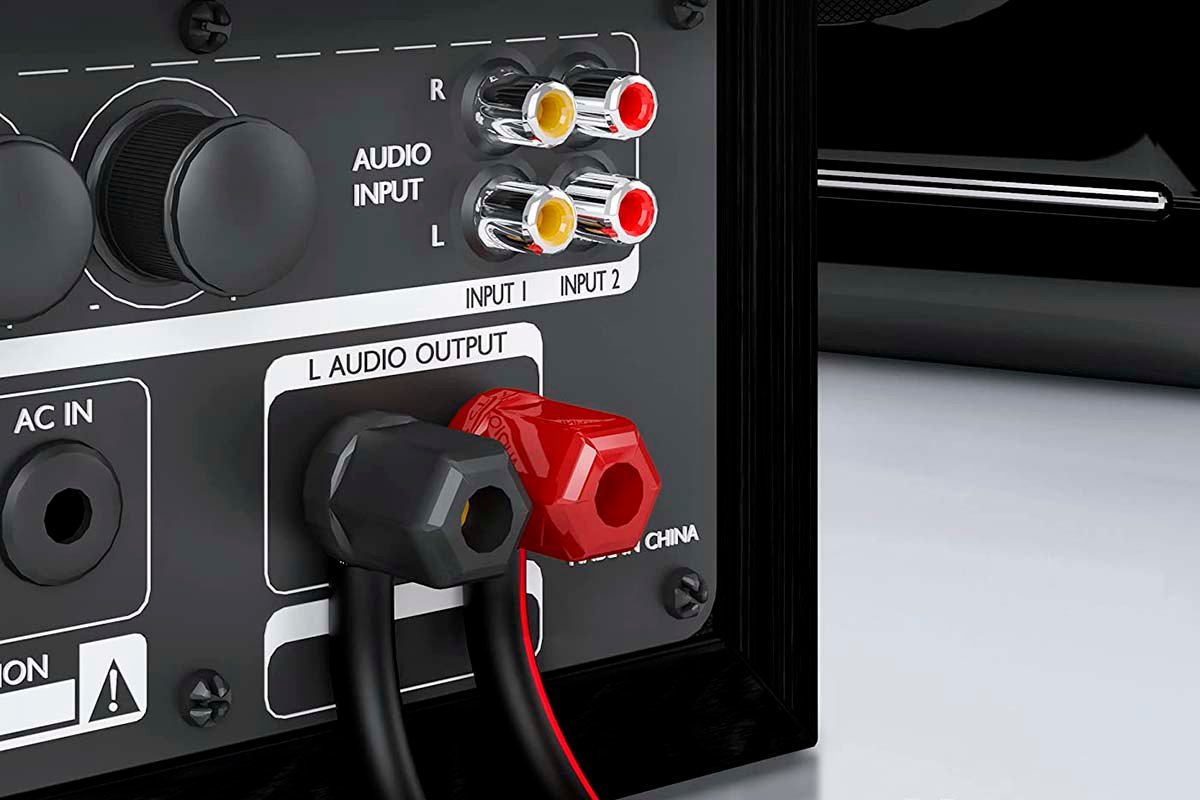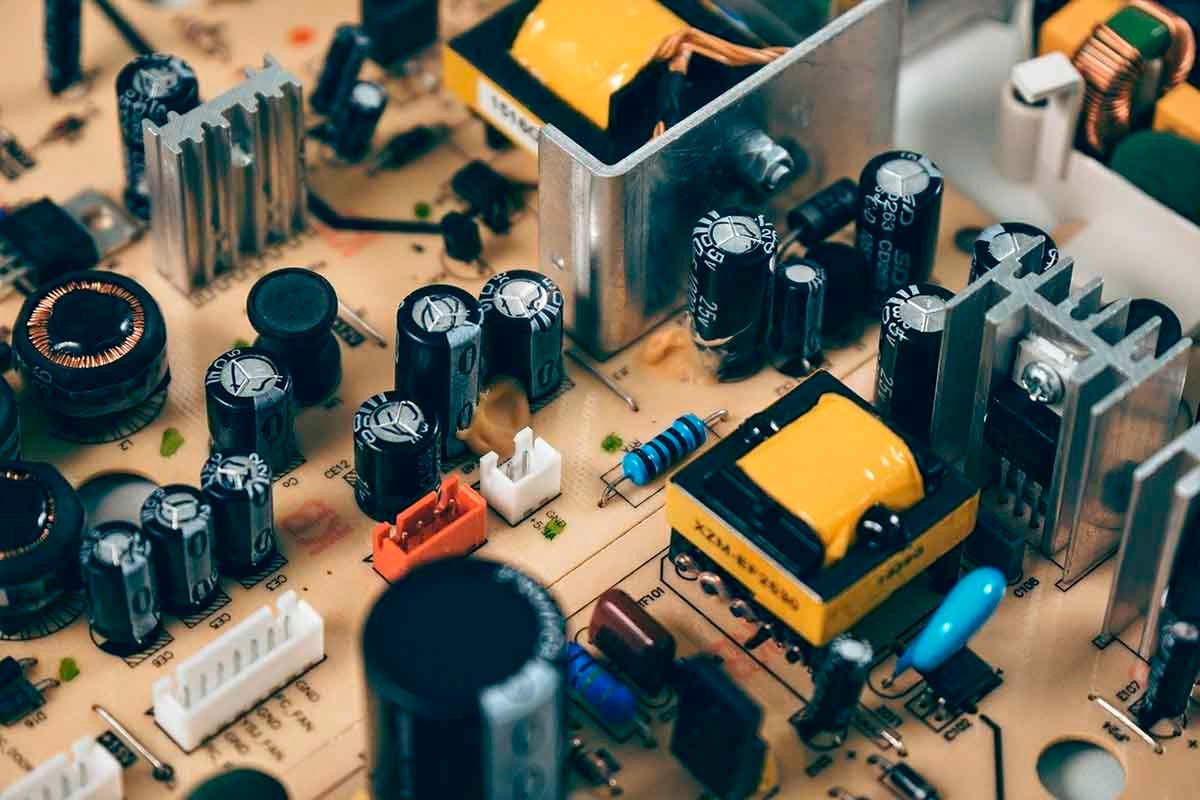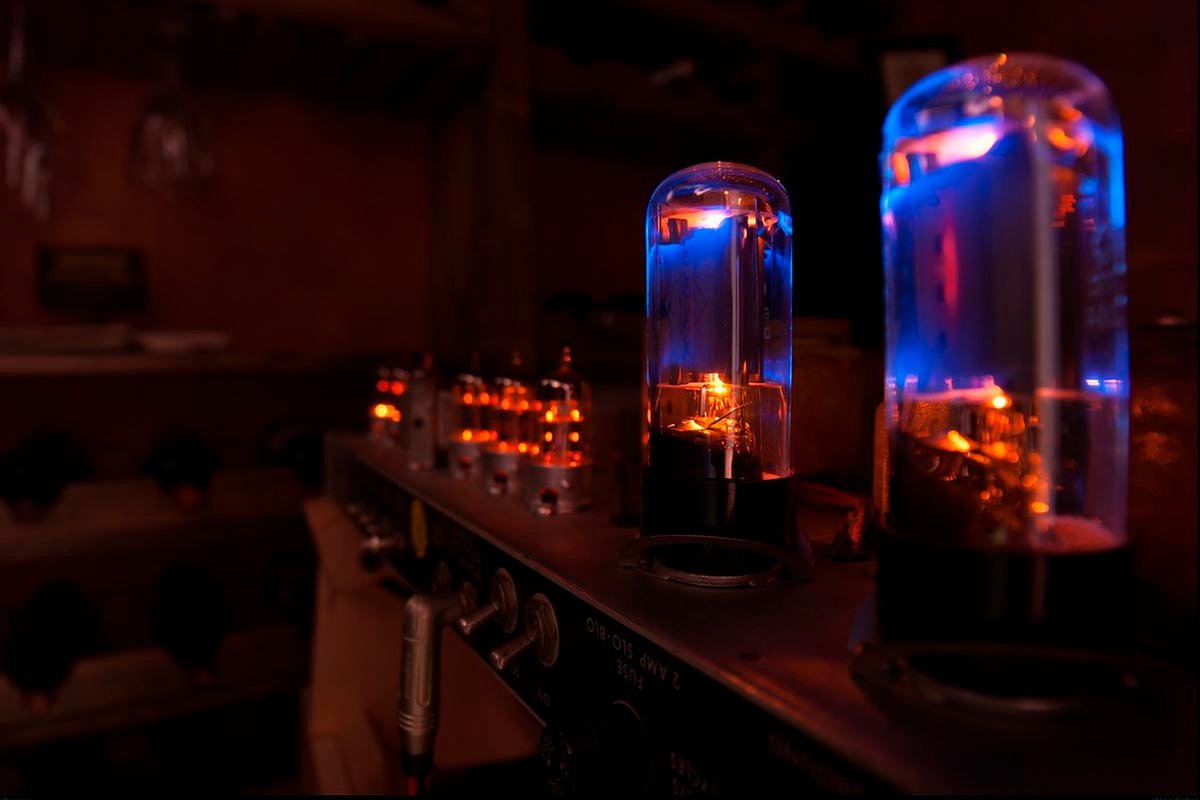Electricity runs through an audio amplifier to power your speakers. All that power must have some effect on the amplifier’s lifespan. So, do audio amplifiers wear out?
Audio amplifiers do wear out over time, though sound quality stays relatively consistent. Amplifiers have a lifespan of 20-30 years. However, if a component dies, they usually stop working earlier. Additionally, vacuum tubes in tube amplifiers stop working after a few years and need to be replaced.
Read on to learn a few interesting facts about audio amplifiers. I’ll explain how to tell if an amplifier is worn out and what you can do about it.
Page Contents
How To Tell if an Amplifier Is Worn Out

An amplifier has to power your speakers. If something is wrong, you can hear it.
That said, your amplifier shouldn’t start making problems after only one or two years of use.
If you’ve only recently bought an amplifier, you should first check all your speakers and wiring before you blame it on the amplifier.
I’ve seen people use old amplifiers from the 70s, and they still work just fine. But that’s not common. All electronic devices die eventually.
Here are a few telltale signs that your amplifier is worn out:
- The music doesn’t sound like it used to when the amplifier was new.
- There’s noticeable distortion.
- One or more speakers are cutting out.
- Turning the volume up causes issues.
- The subwoofer is buzzing, crackling, or popping.
When the amplifier isn’t up to snuff, it can’t power the speakers. And since the subwoofer can use more than 300 W, it’s usually the first of the bunch to show signs.
You should test the subwoofer with another amp. If it works just fine, then it’s either the wiring or the amp itself.
If you suspect it’s the wiring, replacing it is easy and cheap. I recommend getting the GearIT 14AWG Speaker Wire from Amazon.com.
It’s made of CCA so that it won’t wear out as easily as your last wires.
The Capacitors in Your Amplifier Will Wear Out First

Capacitors store a small charge, just like batteries. Your TV, your computer, your phone, and virtually every other electrical device in the world has capacitors.
They release the electricity when needed. Without capacitors, our world would look completely different. Electrical devices would die all the time from tiny power surges.
As such, capacitors are very important in your amplifier too. But they can wear out due to constant charging and discharging. At the same time, you cannot simply opt not to use them.
Capacitors have a thin layer of oxide that serves as the insulator. The oxide is renewed whenever electricity passes through it, and if you never make use of your capacitors, the oxide is never renewed.
In other words, both regular use or no use at all is bad for your capacitors.
But you shouldn’t worry too much about it. Modern capacitors last about 20 years. If your amplifier lasts that long, you probably won’t complain.
Replacing a blown capacitor isn’t too difficult either. But you need to know how to solder and own a few electrical tools.
Also, you need the right capacitor to replace the blown one.
Vacuum Tubes on Valve Amplifiers Don’t Last Long

Tube amplifiers were very popular in the mid-twentieth century. They largely got replaced in the 70s by amplifiers that use conductors, though. Those are the kind of amplifiers we think of today.
But tube amps have seen a tremendous increase in popularity in the last decade. And for a good reason too. They look awesome, and many people believe they sound better too.
A vacuum tube dies after 5,000-10,000 hours. Most people replace them every few years, often before they completely stop working.
Just like with a regular amplifier, you can usually tell if it’s worn out. It’ll cause distortions, crackling, popping, and similar issues.
An old tube usually won’t cause audio quality loss, but upgrading the tubes can still be beneficial. The sockets in a tube amplifier make it easy for you to swap the vacuum tube when it dies or gets damaged.
If you want a high-quality vacuum tube that’ll last longer than average, get the Riverstone Audio Ge JAN 5654W from Amazon.com. They’re made in the U.S.A. and have a 4-year warranty.
Riverstone Audio vigorously tests every pair they ship out. So, you’ll get the listening experience you deserve. Just make sure that these tubes fit your tube amplifier.
Once you have a replacement vacuum tube ready, the rest is straightforward.
All you do is plug the old one out and plug the new one in. Your vacuum amp is now as good as new.
Leaving Your Amplifier Switched On Can Extend Its Lifespan
Even a brand-new capacitor loses its oxide layer if not used for a long time.
That’s one of the reasons why new tech like smartphones and wireless earbuds come slightly charged.
You can extend that logic to any electrical device, including your amp. PS Audio suggests that leaving your amplifier on puts less stress on the electronic components.
However, this only works with home or instrument amplifiers. You can’t and shouldn’t leave an amp in your car as it’ll drain or even kill your battery.
On the other hand, your home theater amplifier will be fine if you leave it on standby mode.
The only potential downside is the annoying static noise. If it’s too loud, it’ll disrupt your sleep, and they can get pretty annoying. Since sleep is more important than your amplifier, keep it off in that case.
Another benefit of leaving your amp on is that it’s always ready to go.
Don’t Leave a Tube Amplifier Turner On When Not in Use

Leaving an amplifier that uses semiconductors is fine. However, keeping your tube amplifier on all the time is a bad idea.
Vacuum tubes wear out quickly, and having electricity running through them 24/7 only accelerates it. They also heat up quite a bit, and the glass can shatter, causing a fire hazard.
So, never leave a tube amp on if you want it to last and not burn your house down.
Repairing a Broken Audio Amplifier Is Relatively Easy
Whenever you can repair something instead of replacing it, do it — it’s not only more ecological, it’s often cheaper as well.
To use a car analogy, you wouldn’t junk a perfectly functioning car just because a spark plug went bad. You replace the spark plug and continue enjoying the vehicle for the years to come.
So, if your beloved amp stopped working, try to repair it first. Maybe one or two capacitors are blown.
If that’s the case, you could even replace it yourself. But I don’t recommend doing it if you don’t have any prior knowledge of electronics.
Get your local electrical technician to do it for you.
But if you’re up for the task, here’s what you do:
- Unplug the amplifier.
- Disassemble the amplifier by unscrewing all outer screws.
- Thoroughly clean the amp with a can of compressed air.
- Check all internal wiring to make sure everything is plugged in.
- Remove any blown capacitors. They are small cylinder-shaped tubes. If it’s bad, it’ll bulge or have corrosion on it.
- Replace the blown capacitors with new ones. Make sure that you use identical capacitors. If you don’t, the capacitors might blow up.
- Reassemble the amplifier and test it.
Here’s a YouTube video explaining how to tell if a capacitor is bad:
Final Thoughts
Audio amplifiers wear out a bit over time. However, it’s not something you’ll really notice in day-to-day use.
If the amplifier causes popping, crackling, distortion, and other similar issues, then it’s worn out. Bad capacitors are usually the main issue. If these are replaced, your amp will sound as good as new.
If you have a tube amp, you’ll also need to replace the vacuum tubes every few years.
Additionally, leaving your amp turned on could extend its lifespan, but you don’t need to do it. Amplifiers can already last for decades if you treat them right.

